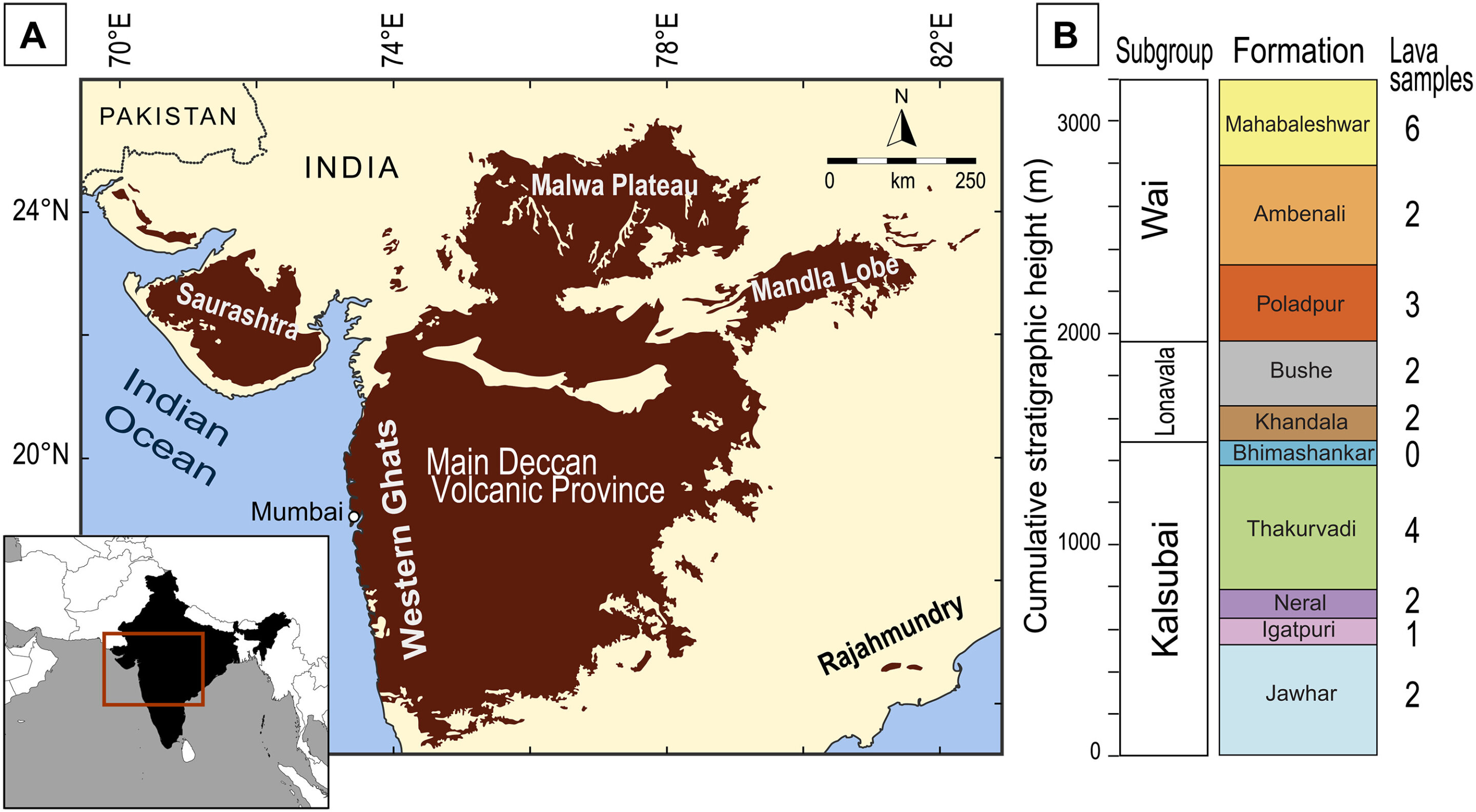× close
Could a meteorite alone devastate the dinosaurs, or is there more to this ancient story? A recent scientific investigation challenges the widely accepted narrative about the dinosaur extinction, suggesting that climate change, sparked by massive volcanic eruptions, may have provided the perfect setting for the demise of the ancient giants.
According to a journal published in Science Advances, co-authored by Don Baker, a professor in McGill University’s Department of Earth and Planetary Sciences, the study titled “Recurring volcanic winters during the latest Cretaceous: Sulfur and fluorine budgets of Deccan Traps lavas,” delves into the volcanic eruptions of the Deccan Traps—a massive plateau in Western India shaped by molten lava. With an eruption that released an astonishing 1 million cubic kilometers of rock, it may have played a crucial role in cooling the global climate around 65 million years ago.
The research entailed a global journey for the scientific team, ranging from extracting rocks in the Deccan Traps to analyzing the samples in England and Sweden.
‘Volcanic winters’: A new phenomenon?
In their laboratory endeavors, the scientists assessed the amount of sulfur and fluorine that was injected into the atmosphere during the massive volcanic eruptions in the 200,000 years preceding the extinction of the dinosaurs.
Notably, the findings suggest that the release of sulfur may have induced a global temperature decline worldwide, a phenomenon known as a volcanic winter. Prof. Don Baker stated, “Our research demonstrates that climatic conditions were almost certainly unstable, with repeated volcanic winters that could have lasted decades, prior to the extinction of the dinosaurs. This instability would have made life difficult for all plants and animals and set the stage for the dinosaur extinction event. Thus our work helps explain this significant extinction event that led to the rise of mammals and the evolution of our species.” Unveiling the clues within ancient rock samples was a daunting task. A new technique developed at McGill played a critical role in deciphering this volcanic history.
The research involved scientists from Italy, Norway, Sweden, the U.K., the United States, and Canada. Their findings bring us closer to understanding Earth’s ancient mysteries and pave the way for a more insightful approach in dealing with the current climate changes.
More information: Sara Callegaro et al, Recurring volcanic winters during the latest Cretaceous: Sulfur and fluorine budgets of Deccan Traps lavas, Science Advances (2023). DOI: 10.1126/sciadv.adg8284
Journal information:
Science Advances


